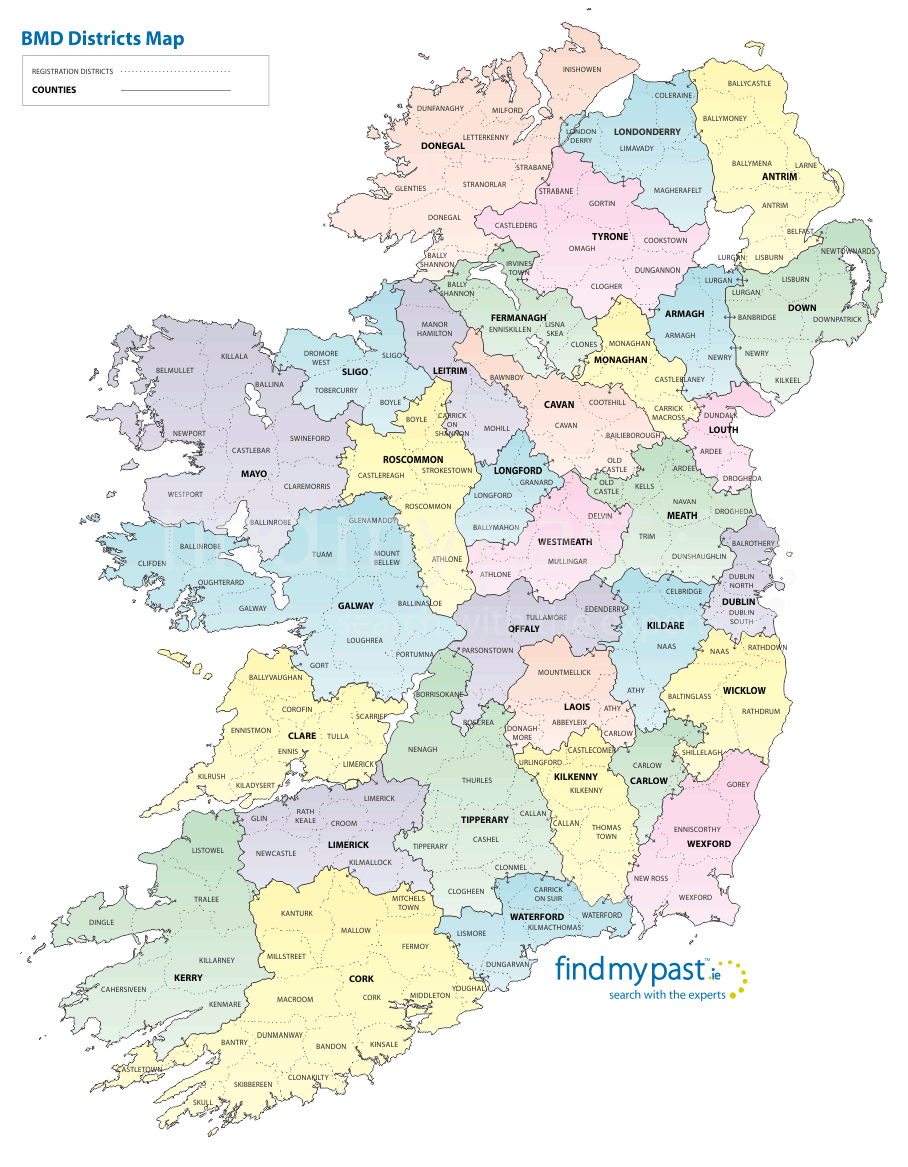Life Events (Birth, Marriage, Death) in United Kingdom
Baptism, banns, marriage, and burial records are the building blocks for every family tree. Our extensive resources will help you to learn more about the most important events in your ancestors’ lives. Prior to civil registration, parish registers kept a record of these events, and these can provide details of the significant milestones in your relatives’ lives.
See description
Baptism, banns, marriage, and burial records are the building blocks for every family tree. Our extensive resources will help you to learn more about the most important events in your ancestors’ lives. Prior to civil registration, parish registers kept a record of these events, and these can provide details of the significant milestones in your relatives’ lives.
Learn more about these records
We have split up our vital records by origin: civil records versus parish records. Civil records have been divided into official government births, deaths and burials, and civil marriage and divorce. Parish records have been broken into the following subcategories: parish baptisms, parish burials, parish marriages, and parish registers. If you know that you only want records from a parish and you are interested in a death, then you can select ‘parish burials’ and perform your search on just those records. If you simply want to find any records on the death of an ancestor, you can select ‘browse subcategory’ on the search page and select all subcategories of relevance to your search (e.g. parish burials, civil deaths and burials).
In Ireland, civil registration of births, marriages and deaths started in 1864 (1845 for non-Catholic marriages). The indexes to civil registration are on Findmypast and in them you can find all the information you need to order a copy certificate from The General Register Office of Ireland. Great details can be found on birth, marriage and death certificates. At the very least, they usually bring you back a generation further on your family tree by featuring parents’ names.
Explore more than 10 million records in Findmypast's new Ireland Roman Catholic Parish Registers. These records are one of the most important collections in Irish genealogy and are completely free on Findmypast. The registers include baptisms, marriages, burials and congregational records from 1589 to 1916.
You’ll also find more specific record sets amongst our Irish Life Events. Wills, memorials marriage bonds, baptisms and burials all make excellent resources to consult when discovering your Irish roots.
Parish registers in Britain are handwritten volumes in which details of baptisms, banns, marriages, and burials are recorded. In 1538, following the Church of England’s split with Rome, it was decreed that each parish priest must keep such a register. In 1754, separate marriage and banns registers were introduced in a standard printed portrait format, which remained in use until 1837, when civil registration began. Findmypast has over 400 million parish records, in the categories: births & baptisms, marriages & divorces, deaths & burials, and wills & probate. As well as parish registers, these records include British nationals who lived or served overseas, people who were born or died in workhouses, non-conformist life events, and indexes of wills and probate.
Early births, marriages, and deaths in the United States were sometimes recorded in register books until the early 1900s, when producing certificates became more common. Every state eventually developed its own laws and established a statewide registration system. These records are called vital records because they record significant events in a person’s life.
U.S. vital records are usually documented by a civil authority, or local municipality, although local churches often provided the earliest instances of birth, marriage and death certificates well before mandatory government registration. For the most part, vital records weren’t kept in the United States until the early 20th century. They include birth certificates, death records, marriage licenses, divorce decrees, naturalization records, adoption records, and land records from every state, territory, and county.
These certificates are accurate sources recorded close to the actual event. As well as parish, county, and state registers, more than 177 million U.S. and Canadian live event records include a list of U.S. veterans’ gravesites; birth, marriage, and death notices; and the Social Security Death Index, which contains over 100 million death records from every state in the United States between the 1930s and the present day.
With an abundance of Australian records spanning the 19th and 20th centuries, Findmypast’s life events records are a crucial stepping stone in your journey into the past.
After New South Wales was established as a penal colony in 1788, convicts were sent to Australia from the British Isles. Assisted immigrants (immigrants who had most of their passage paid by the government), coming chiefly from the British Isles and Germany, first started arriving in New South Wales in 1828, while unassisted immigrants originally came to Australia as early as 1792.
Until 1901, each state of Australia was a separate government or colony. Vital records in a particular state usually begin at the time of the colony's formation, with earlier records (apart from Western Australia) found in New South Wales (the original jurisdictional body for Australia).
Included in these records are births, marriages, and death records from various states and territories, cemeteries, and Anglican parishes. The largest record set is Victoria, which contains millions of birth, death, and marriage records.


